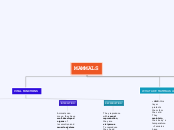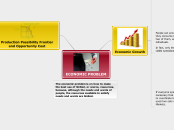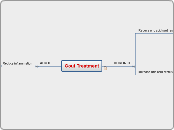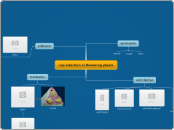MAMMALS
Mammals are eukaryotic, multicellular and heterotrophic organisms. They are vertebrates because they have a bilateral symmetry, a vertebral column and an internal skeleton. They are the most complex vertebrates in existence. They are present in all environments.
MAIN TYPES OF MAMMALS:
PLACENTALS: the young is connected to the mother by the placenta and are born fully developed.
MARSUPIALS: Are viviparous, give birth at a very early stage. They continue their development inside the pouch.
MONOTREMES: Lay eggs with shells. HAVE: webbed feet, bill or beak and a flat tail. Their mammary glands don´t have teats.
WHAT ARE MAMMALS LIKE?
- HAIR: this layer protects them fom the cold. They maintain their body´s temperature. - Females have MAMMARY GLANDS that produce milk. - They have lips and teeth. - Have a highly-developed nervous system.
VITAL FUNCTIONS
REPRODUCTION
They reproduce with sexual reproduction, they are viviparous. To reproduce they need gametes. Male gonads are called testes. They produce spermatozoa, are small, elongated structures witha flagellum. Female gonads are ovaries. They produce ova, are spherical and immobile.
INTERACTION
Animals can move, they have well-developed organs of locomotion and muscle system.
EFFECTORS: Muscles enable living things to move.
COORDINATION: The nervous system is responsible for receiving signals by the sense organs, interpreting them and generating orders to enable coordinated responses. This is sent by NEURONS, that are cells specialised in transmitting information.
RECEPTORS: Hearing organs (ears), balance organs and skin.
NUTRITION
They are heterothops, they don´t produce their own organic matter. They can be carnivores, herbivores or omnivores.
EXCRETION: the excretory organs filter the circulating fluids ofthe animals and pic up any waist they are carrying.
CIRCULATION: They have a ciculatory system with a circulating fluid, vessels and a pumping mechanism (a heart). Closed circulatory system: this means that the circulating fluid never leaves the inside of the vessels.
RESPIRATION: they take oxygen from the air. LUNGS: are two sponge-like organs made up of millions of alveolis.
DIGESTION: is a process carried out by animals, it cosists of transforming food into nutrients. DIGESTIVE TRACS: the mouth and the anus.
FEEDING: consists of taking in food.









